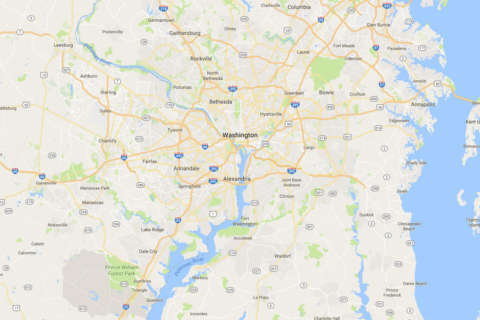WASHINGTON – Drivers aren’t the only ones with an interest in how lanes on a stretch of Interstate 66 inside the Capital Beltway will shift from high-occupancy vehicle (HOV) to high-occupancy toll (HOT).
The Metropolitan Washington Airports Authority has an interest, as well.
“The airports authority is interested in preserving access to airplanes and the airport,” MWAA board member Kate Hanley told WTOP. “That’s the number one issue.”
One of the ways the authority plans to provide access to Washington Dulles International Airport is through the Silver Line extension to and beyond the airport into Loudoun County, Virginia.
“The toll road is, unfortunately for the drivers, a major funder of the Silver Line budget,” Hanley said.
According to the latest figures from the MWAA, revenue from toll road users accounts for nearly half of the project’s $5.76 billion cost.
Revenues have increased in recent years, largely due to a toll hike at the beginning of 2014 that made an end-to-end roundtrip cost $7. But toll transactions (a reflection of the number of toll users) have been relatively flat over the past three years.
There is some concern that adding another toll from Dulles to D.C. — even more so from Leesburg, Virginia to D.C. — could encourage drivers to find a cheaper way to get to work and avoid the toll road. Right now, rush hour commuters from Leesburg to I-66 on the Dulles Toll Road and privately owned Dulles Greenway pay more than $17 for a roundtrip.
More drivers avoiding the toll road could mean a dip in revenue, making it more difficult for the airports authority to hold up its obligation to pay for the Silver Line.
“Preserving the revenue stream of the toll road is important,” said Hanley. “That does not mean raising tolls. That means increasing users, not raising tolls.”







